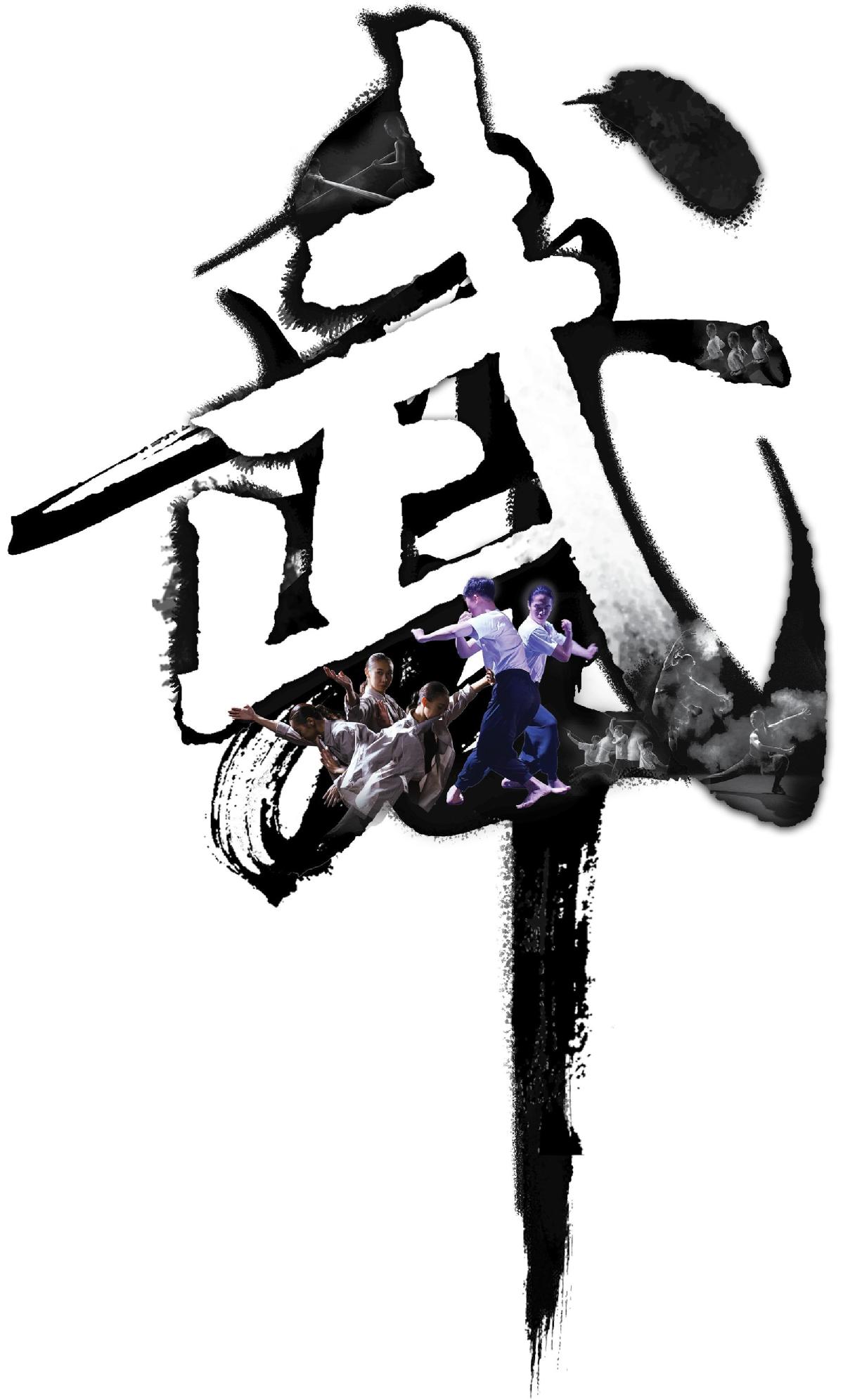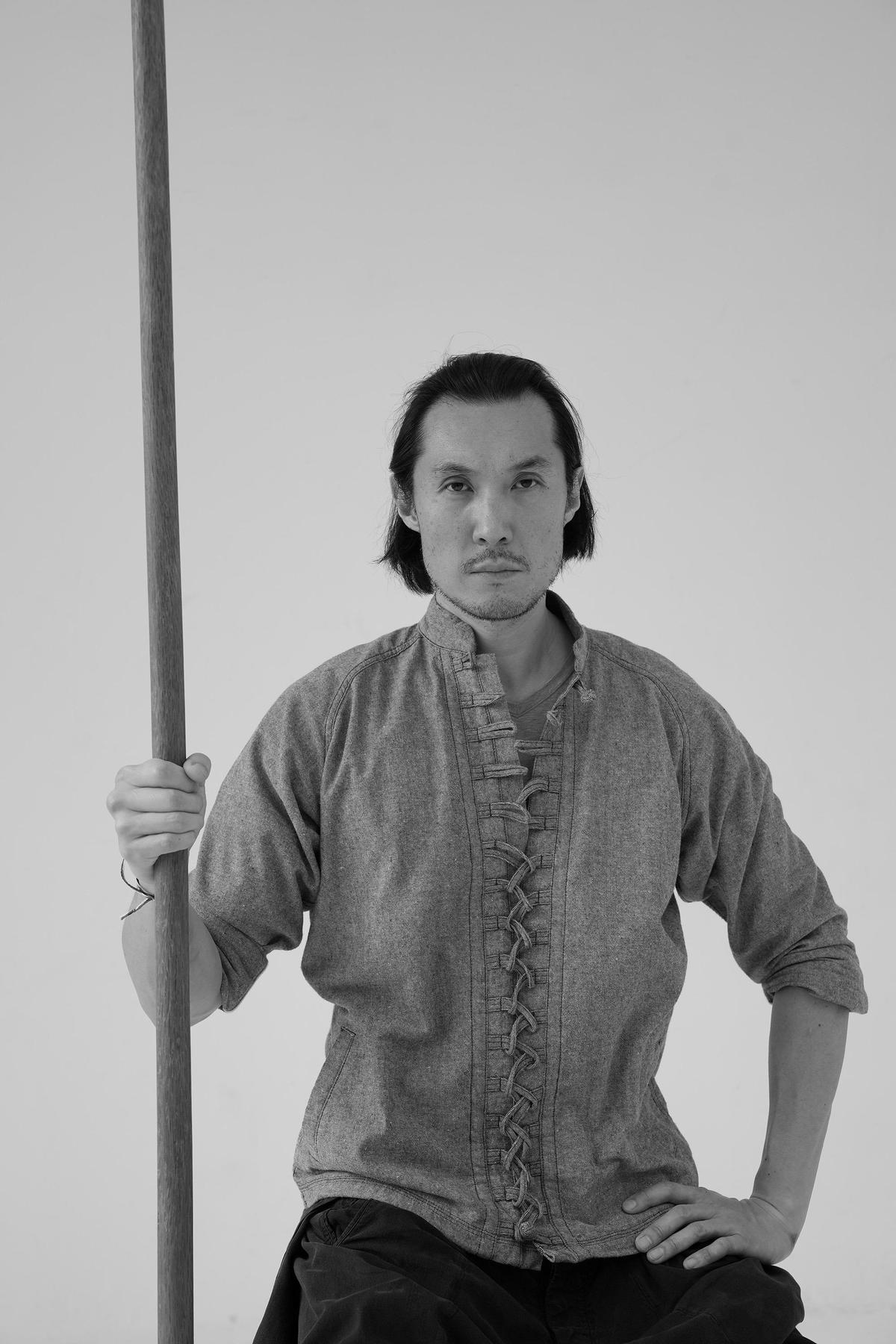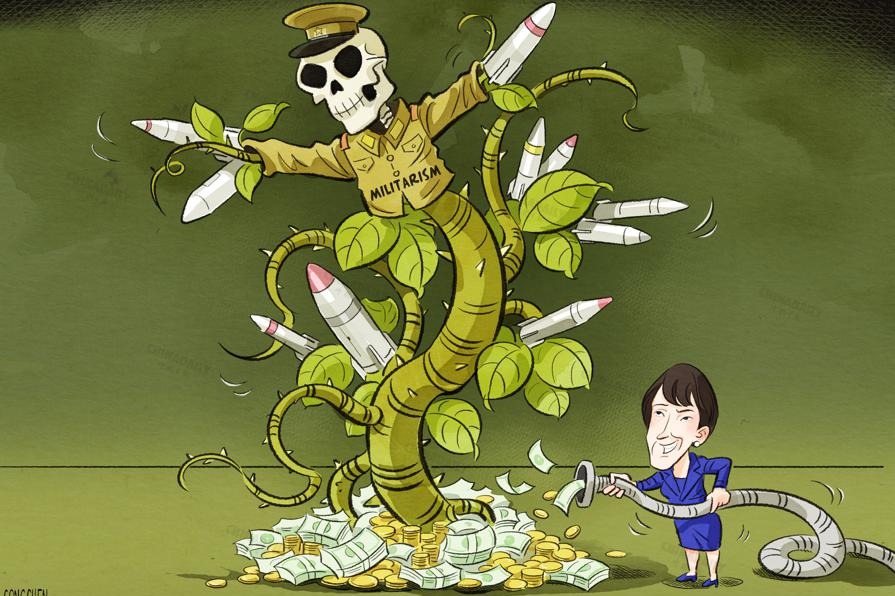Can motion capture make the cut?

Chinese martial arts scholars, educators and technology talents have joined forces to develop a database and training modules aided by motion capture. Gennady Oreshkin weighs the pros and cons.

The Chinese word wushu is a collective term for various styles of competitive martial arts. Some of these traditions could be traced back to military fighting techniques used during the Han Dynasty (206 BC-220). The Ming Dynasty (1368-1644) saw the emergence of distinct forms of Chinese martial arts in areas corresponding to present-day Guangdong province, the Guangxi Zhuang autonomous region and the cities of Hong Kong and Macao. The forms typical of these locations are known to have evolved from the Lingnan School of martial arts, which flourished during the Qing Dynasty (1644-1911). These combat styles are especially associated with the mid-19th century rebellions against the monarchy.
Like many other traditional performance forms, Lingnan martial arts are likely to lose their authentic structure over time. The steadily declining number of students suggests that soon there may not be enough practitioners of the craft to carry on the legacy.
A possible way of attracting new learners is by adapting Lingnan martial arts to digital-era training tools - imparting the know-how to Gen Z in a language they can relate to. With that end in mind, a group of martial arts scholars, educators and technology talents have joined forces, trying to reinvent Lingnan martial arts training for a new generation of students. The idea is to explore how technology can transform training, choreography and performance of Lingnan martial arts' various forms.

Speaking to digital natives
At a recent event held at the City University of Hong Kong's Run Run Shaw Creative Media Centre, the Institute of Chinese Martial Studies showcased some of the highlights from its experiments with teaching Lingnan martial arts by using digital tools. It served as an introduction to the ways in which ICMS is trying to "transform Lingnan martial arts as a movement and performing art through digital pedagogy".
Titled Hidden/Manifest, the ICMS show is the result of a two-year-long research project - an offshoot of the Lingnan Martial Arts Elite Training Program, which schools young instructors, besides collaborating with choreographers and performers interested in incorporating elements from Chinese martial arts into their creations.
The show features both a documentation of the attempts to devise new, and more efficient, ways of training Chinese martial arts using advanced motion-capture technology - a series of 3D computer animations created by recording the movements of martial artists via sensors - as well as live demonstrations of how this works.
























